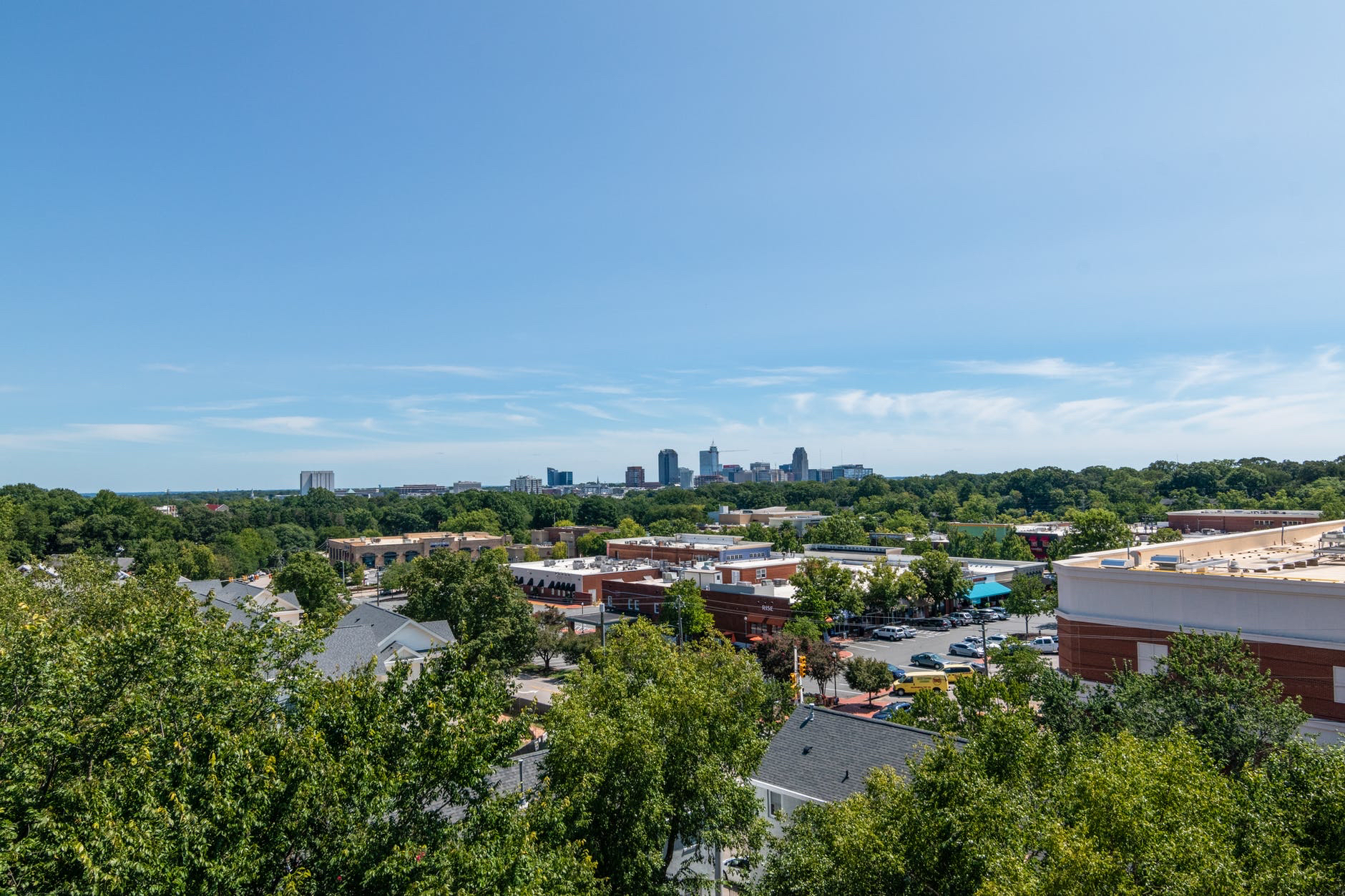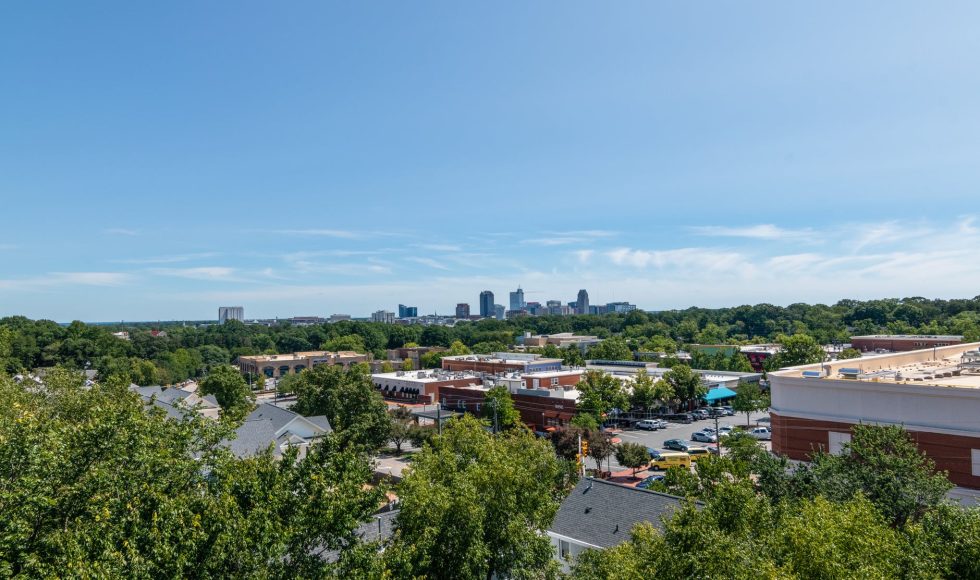Dr. Corrie Whitmore from the University of Alaska Anchorage presented a short recorded session for the 2029 Lilly Conference online. The title of Whitmore’s presentation immediately caught my attention: “Land Acknowledgements: Making them Meaningful and Appropriate,” as I have honestly struggled to use a land acknowledgement during a session. Last year, I edited a land acknowledgment for the syllabi of courses. However, I have never spoken about this during a class session or addressed this topic during the syllabus overview video. I don’t feel confident yet to do this appropriately and fear doing harm! Erin McKenney, a good friend and excellent educator, starts the semester with an inspiring land acknowledgment. I want to learn how to honor and acknowledge…
Whitmore’s session is conversational, honest, and helpful. Sharing examples of the land acknowledgment used in the courses they teach provided ideas of how to share statements in meaningful ways online. For example, Whitmore’s Start Here module has a land acknowledgment and memorable photograph of their campus. Whitmore connected with indigenous colleagues to create a list of guiding principles for crafting appropriate and meaningful land acknowledgment statements:
- Do no harm.
- Recognize the strength of indigenous people.
- Recognize history and discuss the present.
- Focus on allyship, not ownership.
- Acknowledge indigenous people’s stewardship of the land.
- Be humble and do your homework.
That last point Whitmore made really resonated with me: it is important to do research, be humble, and invite corrections and suggestions. In the land acknowledgment Whitmore uses, the location of the campus is described as the unceded homeland of the indigenous people. What the people did, how they were stewards of the land, and what they do today are mentioned in the statement. References and indigenous language welcome are included. Whitmore mentioned the Native Land website at native-land.ca as well as the Native Movement website. Whitmore created a land acknowledgment for the Lilly Conference using their Durham address. Using the Native Land website, Whitmore navigated to the Shakori and Tuscarora people websites to gather more information and learn what they want to make public. With this, Whitmore crafted the beautiful, appropriate, and meaningful statement reproduced below:
The Lilly Conference’s main office is located on the traditional homeland of the Shakori and Tuscarora people, who have been in North Carolina since before the 1713-1715 Treaty of Peace brought them under the white government of Governor Thomas Pollock. The Tuscarora Indians were federally acknowledged under the 1934 Federal Indian Reorganization Act and today members of this tribe identify as the Tuscarora Nation, where they are Working Today to Create a Better Tomorrow, which is Ek-weh-ewe in the Tuscarora language.
I acknowledge the stewardship of this land for generations and say “Nyeah-we,” which is thank you in the Tuscarora Language. (Sources: Chief Elton Greene’s Tuscarora Dictionary, 2011, Tuscarora Nation of North Carolina, 2020)
Corrie Whitmore, 2020 Lilly Conference online
Whitmore described why the dates were included, mentioning that this information was on the public websites. I love how Whitmore mentioned this is the first step: the next step is linking course material to indigenous people’s past and present. At the end, Whitmore shared some questions for reflection and acknowledged colleagues that helped inform about this topic. How can we incorporate land acknowledgment statements in courses in meaningful ways? I now have some ideas!



